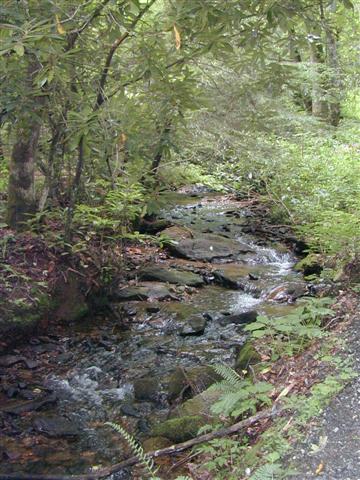
Check out our
Design Services.
| Landscaping River, Stream and Lake Banks |

|
Need design help? Check out our Design Services. |
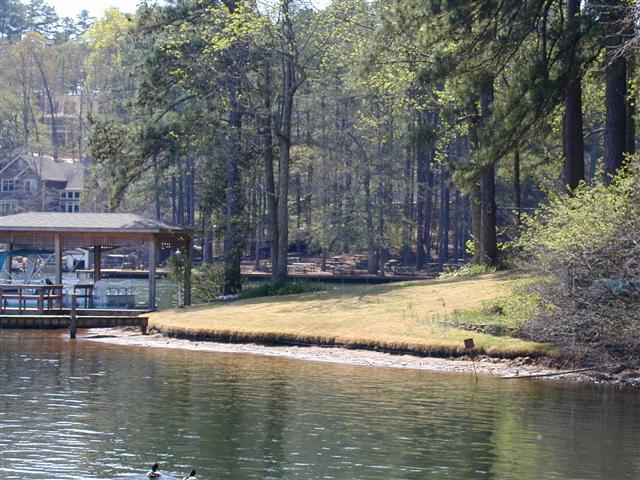
|
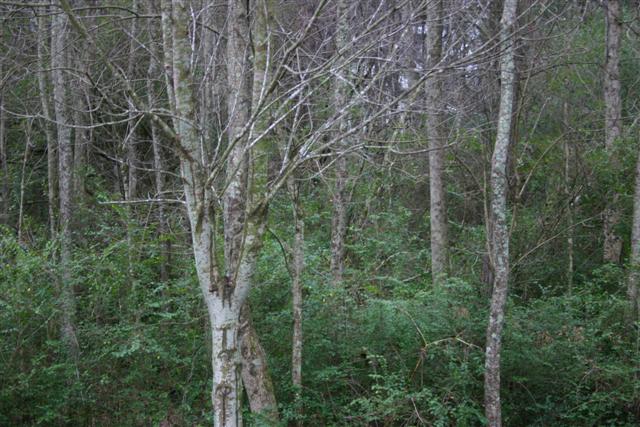
|
| Lawn is not a good bank/buffer plant | Privet-choked buffer |
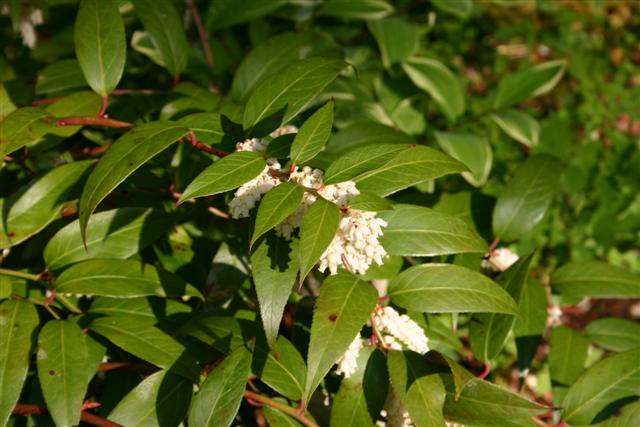
|
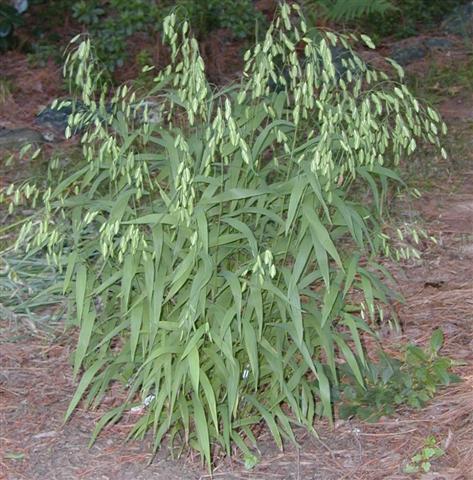
|
| Doghobble (Leucothoe fontanesiana) | Northern Sea Oats (Chasmanthium latifolium) |
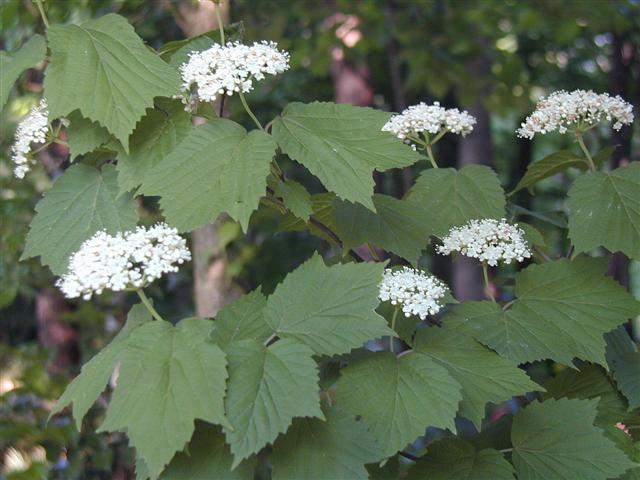
|
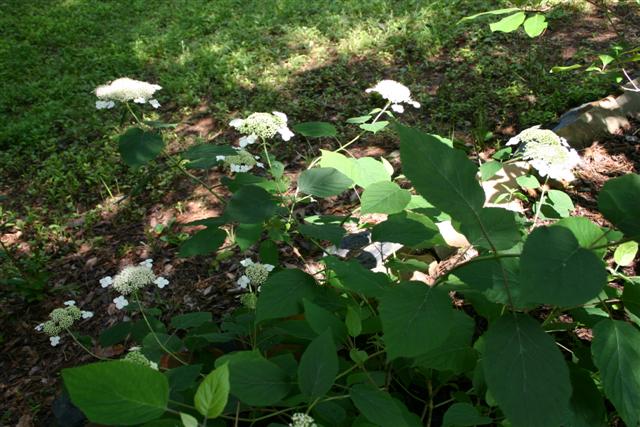
|
| Maple leaf Viburnum (Viburnum acerifolium) | Smooth Hydrangea (Hydrangea arborescens) |
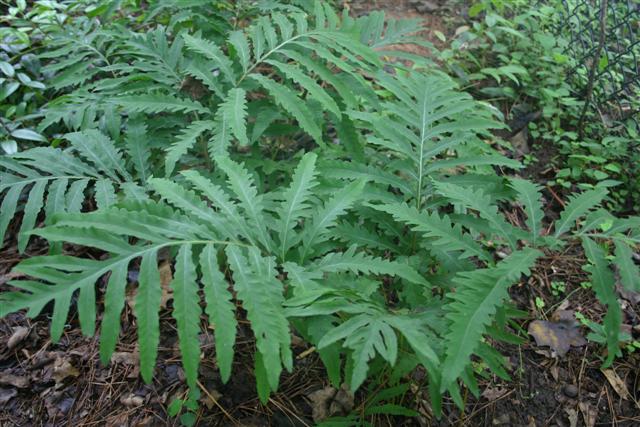
|
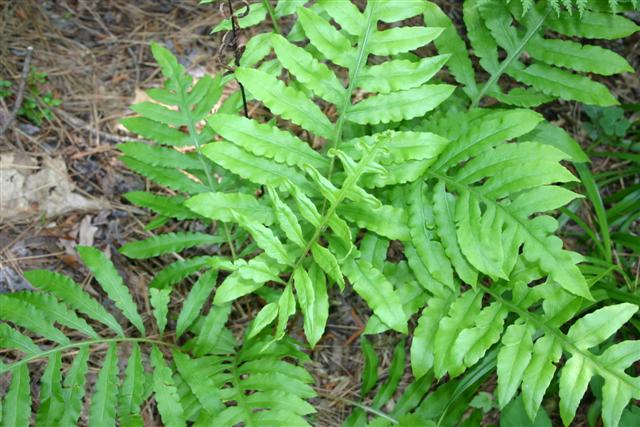
|
| Sensitive Fern (Onoclea sensibilis) | Netted Chain Fern (Woodwardia areolata) |
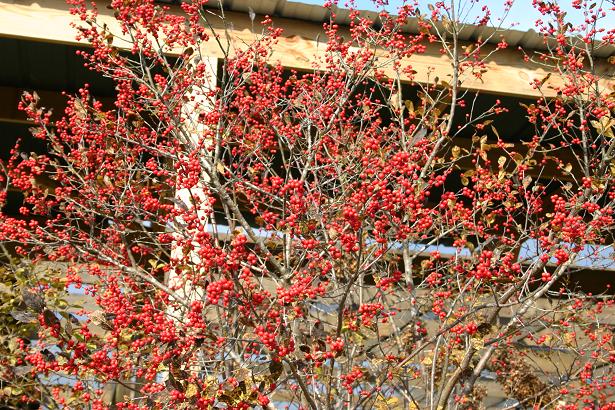
|
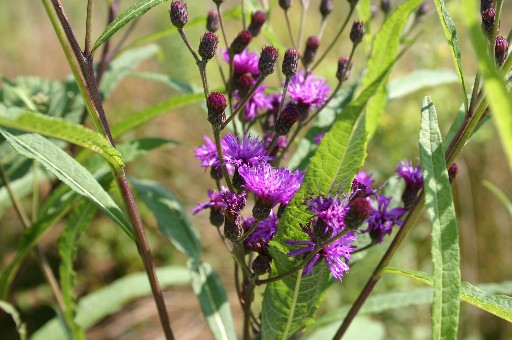
|
| Winterberry (Ilex verticillata) | Ironweed (Vernonia altissima) |
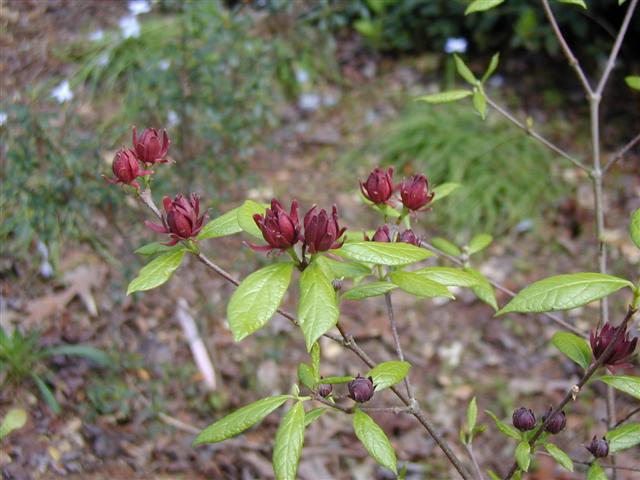
|
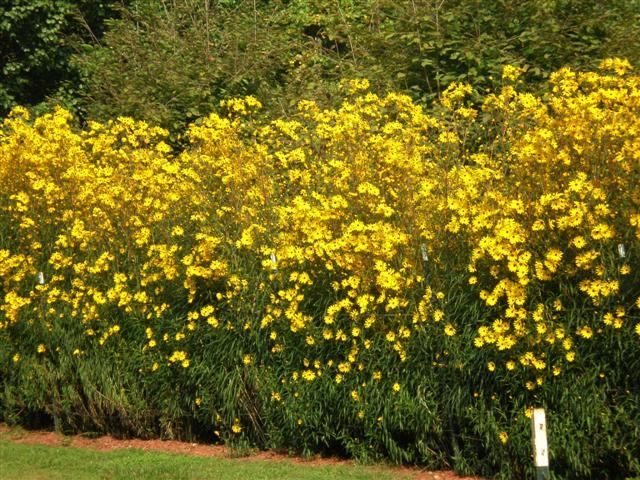
|
| Sweetshrub (Calycanthus floridus) | Swamp Sunflower (Helianthus angustifolius) |
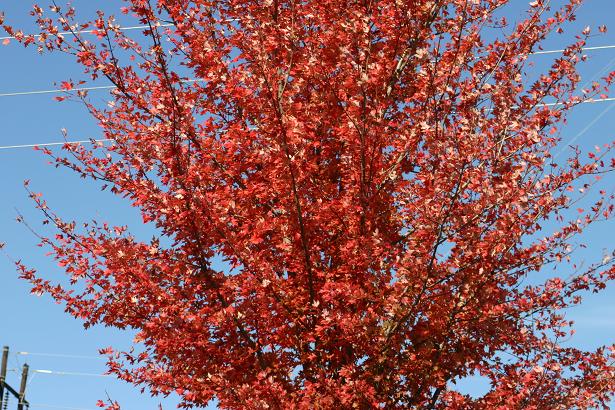
|
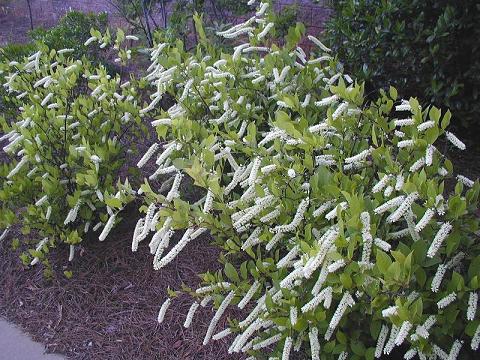
|
| Red Maple (Acer rubrum) | Virginia Sweetspire (Itea virginica) |